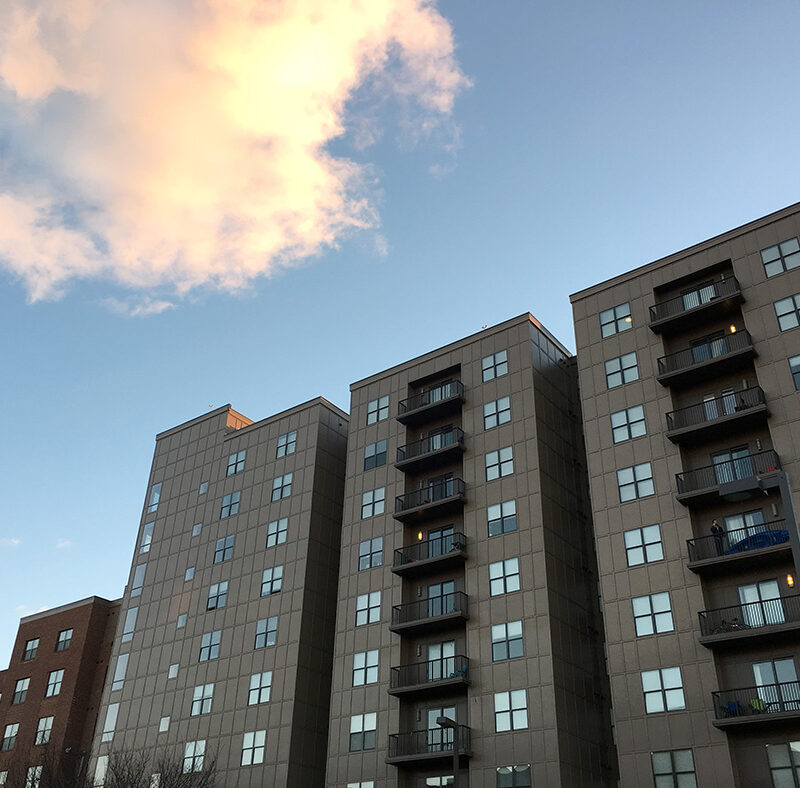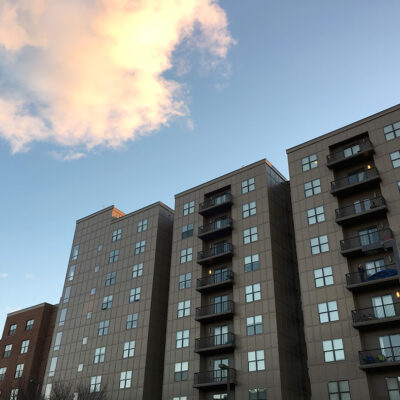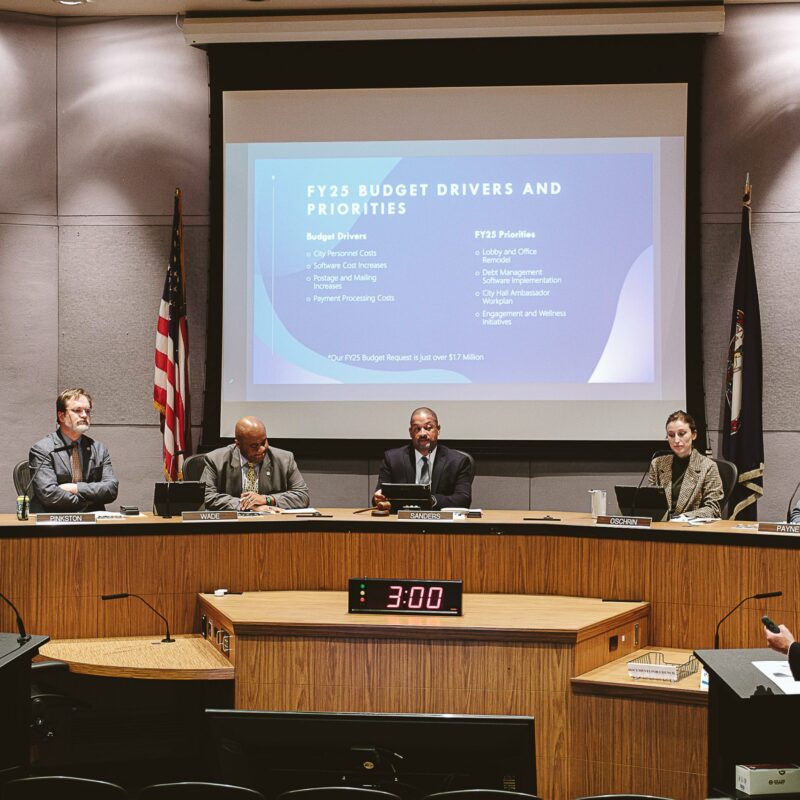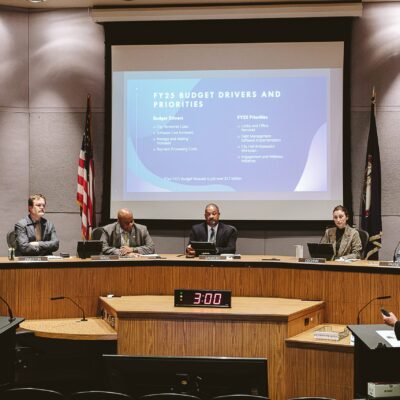“If you drive into a completely unknown city and there’s public art everywhere, you just know that the place is alive,” says photographer Ross McDermott. He should know—he recently spent a year driving through hundreds of American cities for a documentary project on American festivals. “You know that there are people with money who care about the town and want to invest in it. You know that there’s creativity. I think that’s what keeps a city going.”
Charlottesville has plenty of people with money and plenty of people with creativity. But, beyond the sculptures of ArtInPlace, it doesn’t have as much publicly displayed outdoor art as you would think for a town of our talents. So McDermott has partnered with Greg Kelly of The Bridge/Progressive Arts Initiative and Sarah Lawson of CommonPlace Arts on a mural initiative with plans for at least two murals a year—one done through community outreach, the other done by an artist.
They are happily ripping off a concept that has produced wonders in Philadelphia. There, the energy from what started as an anti-graffiti organization has generated more than 3,000 murals through its famous Mural Arts Program. When Kelly and McDermott went on a recent field trip to see Philly murals and meet with those who run the program, Kelly actually felt overwhelmed.
“I tend to think less is more, so if I see a lot of public art, I can sometimes think there’s too much of it,” says Kelly. But it quickly grew on him. “The quality of the murals is so strong and at such a high level, and they’ve done such a great job of integrating the story of the city, that you start to really latch onto it and get excited about it.”
So Kelly, McDermott and Lawson are trying to bring some of that brotherly love to Charlottesville. “I think it’s really a no-brainer in Charlottesville where there’s progressive thinking but also such a rich history,” says Kelly.
To inaugurate their effort—dubbed the Charlottesville Mural Project—the trio have launched a design competition for a 3,160-square-foot wall on Monticello Road. The design will be selected by an eight-member jury that includes Mayor Dave Norris and Beth Turner, UVA’s vice provost for the arts. The wall, part of the Ix commercial development just south of the Downtown Mall, is on a relatively trafficked thoroughfare and faces the Section 8 housing of Friendship Court.
“We don’t want to privatize it,” says McDermott. “We’ve really tried to pull together a wide collection of voices that are going to help us choose this first mural, and hopefully continue to work with us.”
Murals have been in the news recently because of the minor controversy surrounding the mural of two Native Americans painted next to Random Row Books. It wasn’t the first time that public art has had tension with local regulations, which will be one of the other challenges the Charlottesville Mural Project will inevitably face in its efforts to cover the city’s empty walls.
Here’s a look at some of Charlottesville’s stock of public painting—legal, quasi-illegal, and yet to be created.—Will Goldsmith, with additional reporting by Bill Chapman and Jenny Taylor
Click here to see images of local murals!





